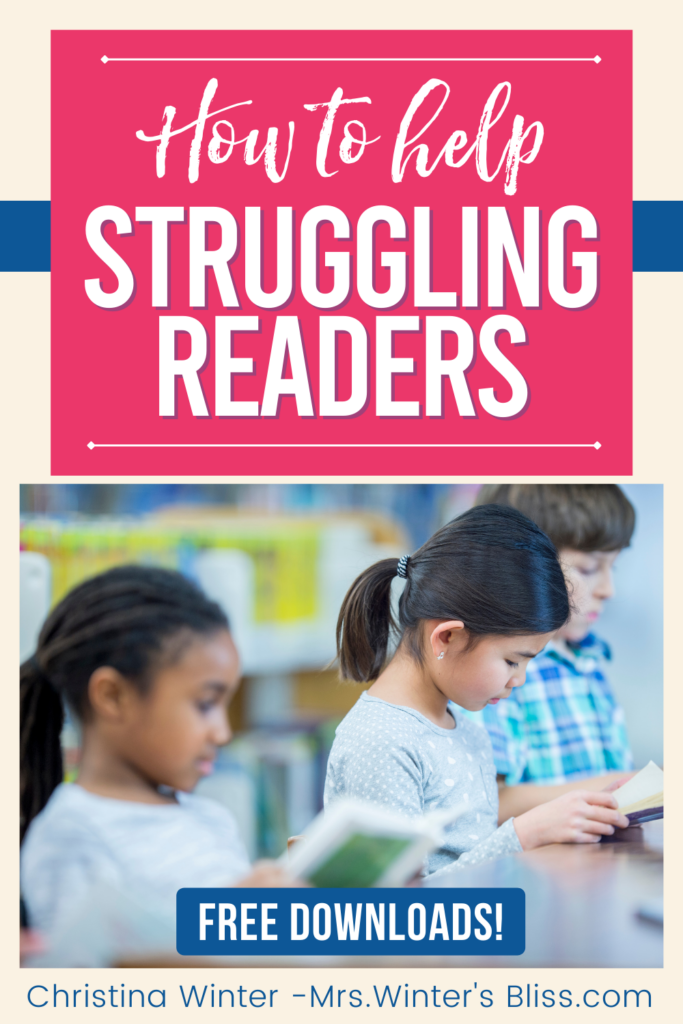
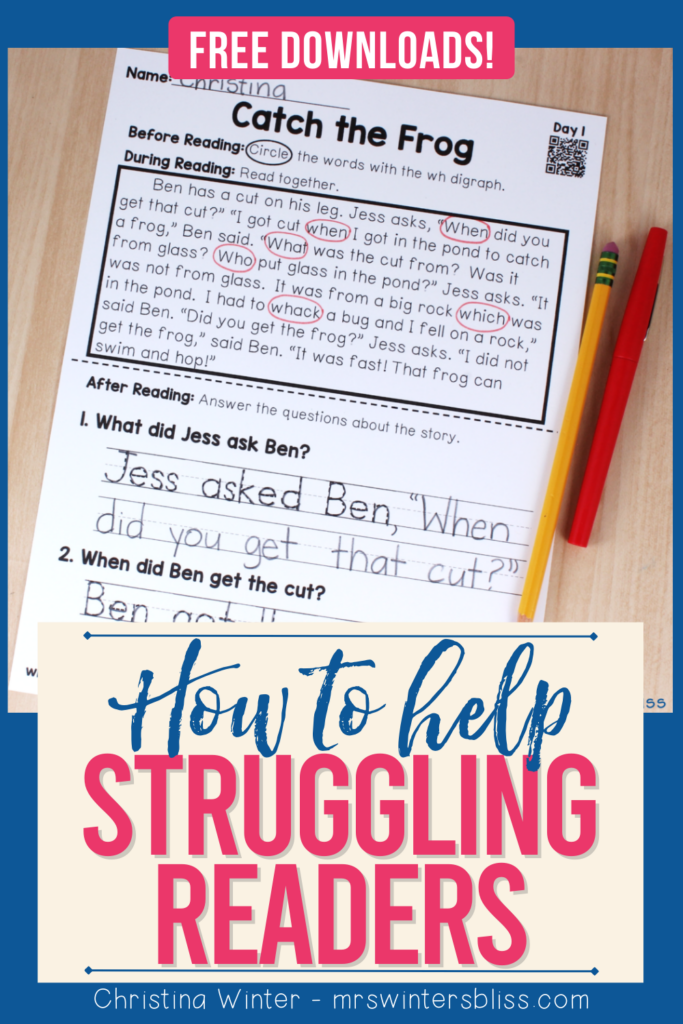
Every classroom has students who struggle to learn how to read. The Science of Reading tells us that to help these students our instruction must be explicit and systematic. In this post, I explain what it means for instruction to be explicit and systematic and then offer you Science of Reading-aligned reading resources to help your struggling readers Be sure to download the FREE decodable passages with comprehension questions and FREE Decodable Sentence Builders!
Did you know that learning how to read is difficult for almost 40% of children? This means that in EVERY classroom there are students who struggle to learn to read. As primary school teachers, we must all be equipped with current information and the best instructional strategies to help these students.
Fortunately, we are teaching in a time when there is a lot of information about how children best learn to read. This information comes from the body of research referred to as the science of reading (SoR) and it can help make our reading instruction more effective. So what does the SoR tell us about how to best help our struggling readers?
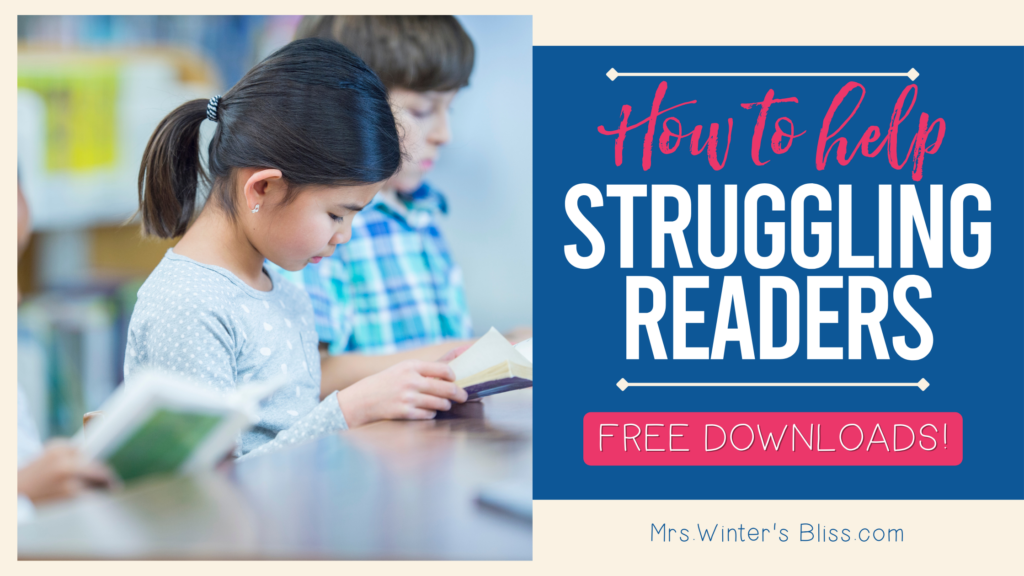
Principles of Quality Instruction
The science of reading has identified these 5 essential, evidence-based features of quality instruction. Research tells us that when instruction is effective when it is: explicit, systematic, engaging and intensive. Student practice is meaningful when practice activities are cumulative.
In an earlier post, I explained what it means for practice activities to be cumulative and shared the best cumulative review activities. Today, I’m excited to discuss what it means for instruction to be explicit and systematic. I’ll discuss why it is important and leave you with reading resources that provide students with explicit and systematic instruction and practice.
What is Explicit Instruction?
Explicit teaching means the objective of the lesson is clear and the teaching is intentional. The teacher takes center stage and directly teaches concepts to students. but the lesson is still very interactive. They do not expect children to infer these skills only from exposure. There are opportunities for guided practice with decreasing levels of support. It follows the “I do, We do, You do” model. Students are actively engaged throughout the entire lesson. The teacher monitors student responses and provides immediate feedback for these responses.
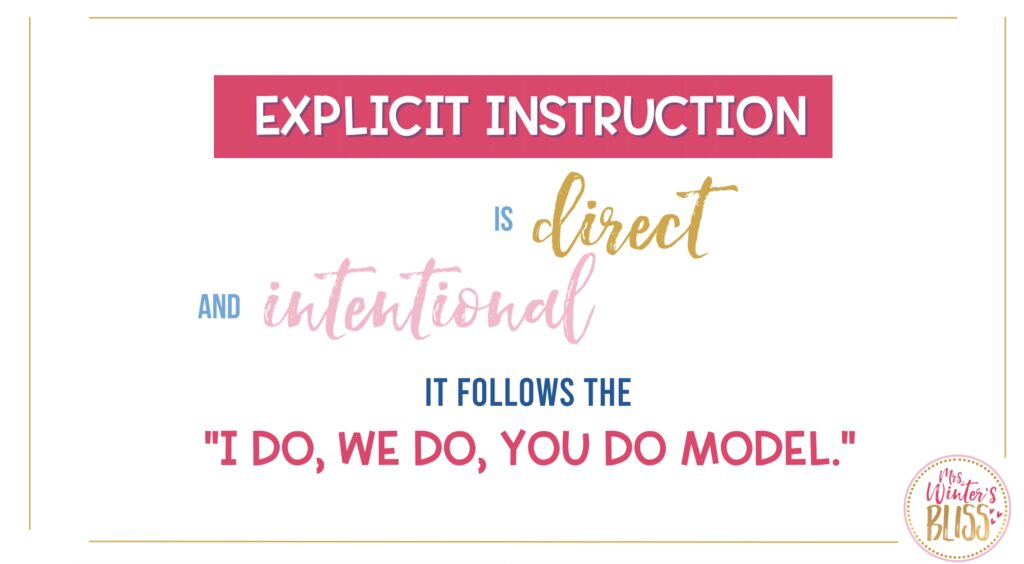
Take a minute to view this video which provides more information about explicit instruction and why it is important.
What is Systematic Instruction?
Systematic instruction is teaching that has a carefully planned sequence. It builds from easier to more difficult tasks and breaks down harder skills into smaller parts. Each lesson and activity builds upon itself. Students are never asked to do something before they’ve been taught.
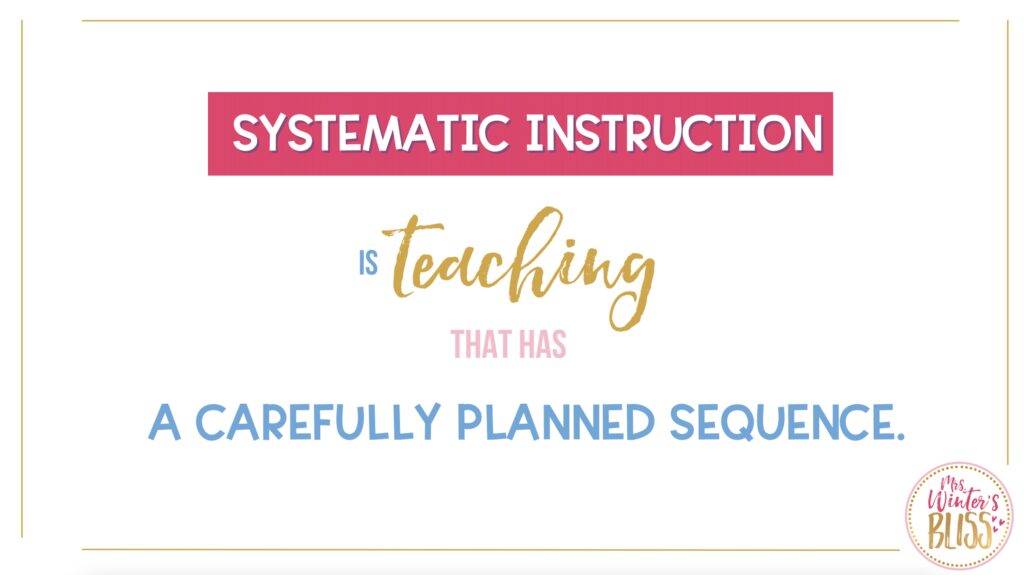
Explicit and Systematic Reading Resources and Activities
Decodable Passages
Evidence-based research tells us that the best way to improve decoding is through an abundance of explicit instruction and learning opportunities including the use of decodable texts.
A decodable passage is a text you use in beginning reading instruction. It is systematically designed to include only the phonics skills you have taught your students up to that point in your scope and sequence. There is often a heavy focus on the target phonics skills for a specific week of instruction.
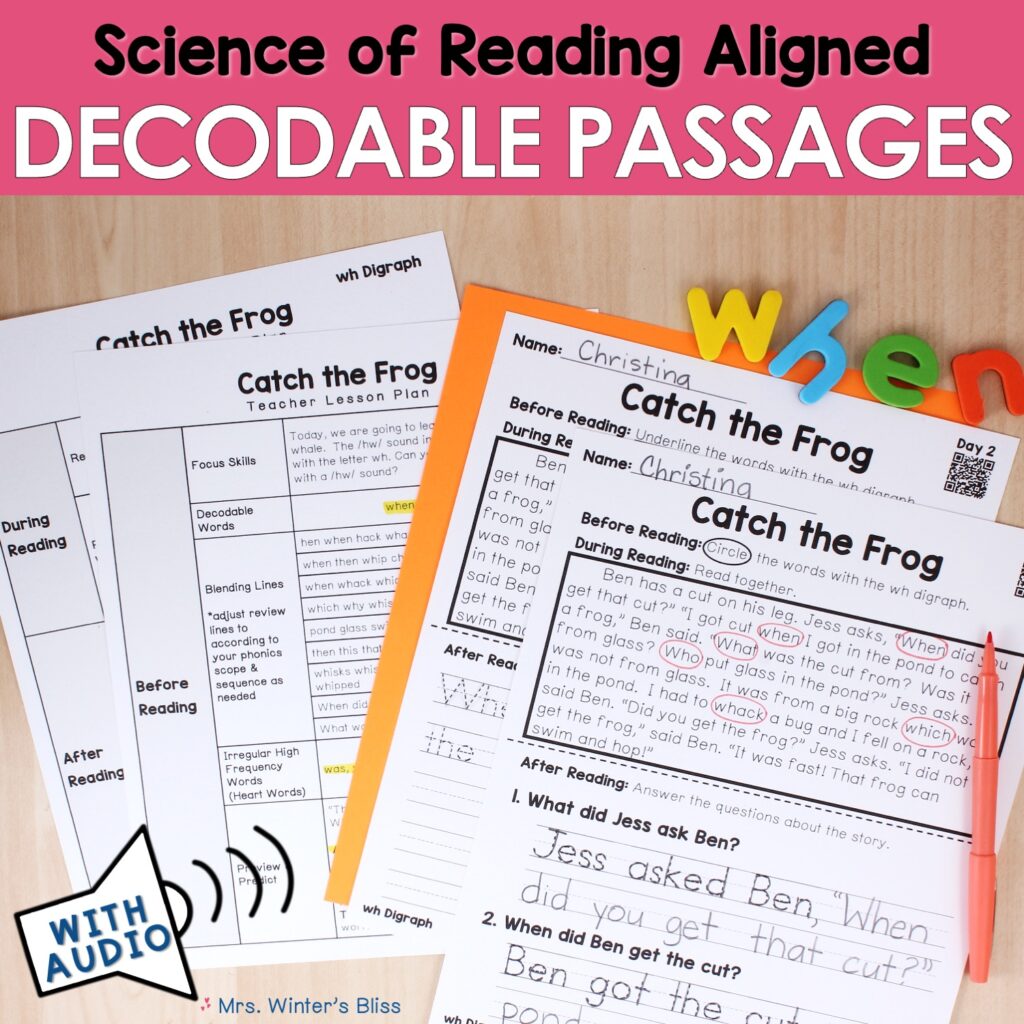
My decodable passages with comprehension questions resource is aligned to a research-based, systematic phonics scope and sequence (included in the resource). You will teach the phonics skills in the correct order and provide a solid review of the skills that have recently been taught.
Each passage in this resource includes:
💗 Explicit teacher lesson plans with suggested pacing. This ensures your whole class or small group receives the clear, direct instruction they need for mastery.
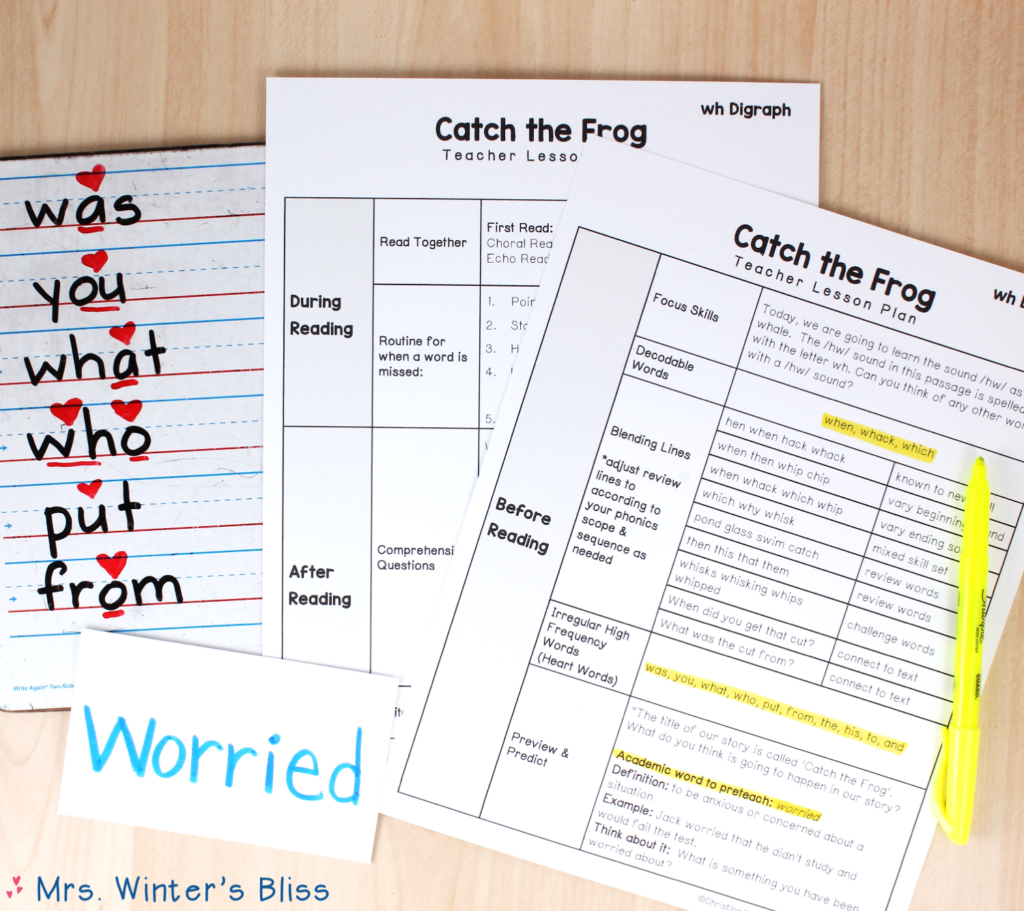
💗 Blending lines to practice skills and frontload before reading. This is great guided practice!
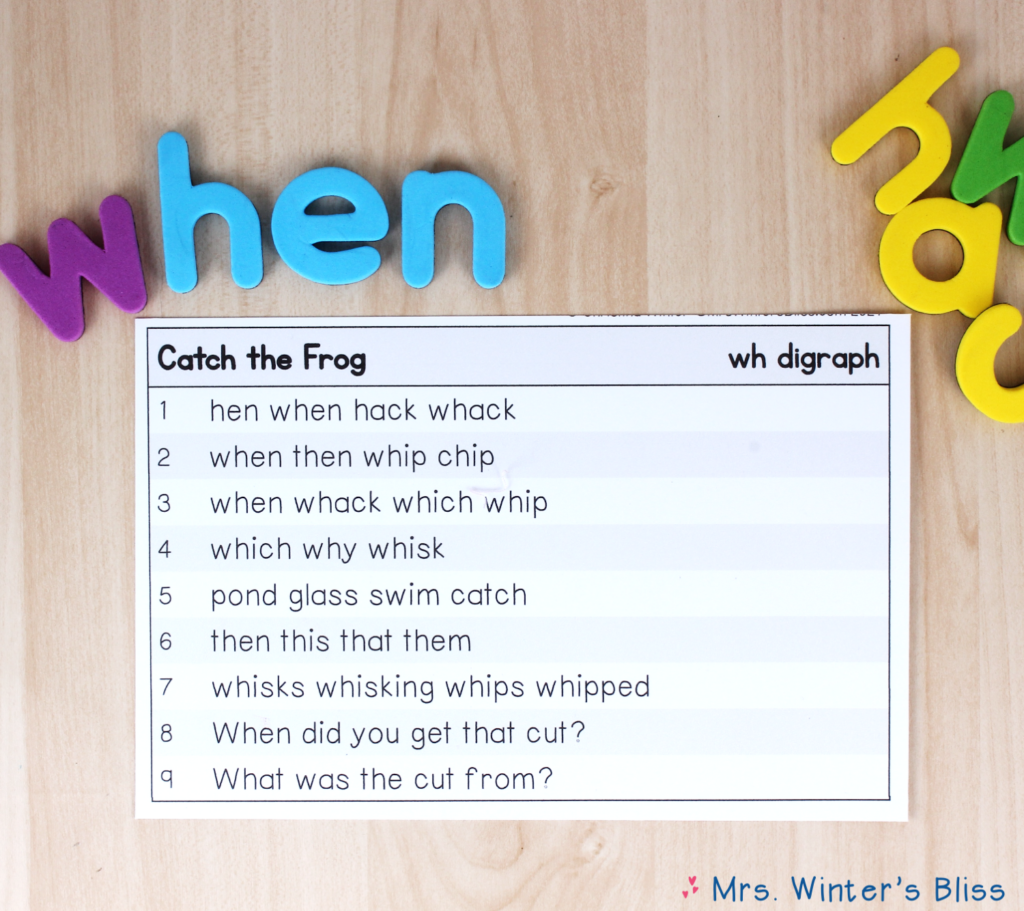
💗 Written and oral comprehension response questions specific to the passage.
💗 Audio recording for those students who may need more guided practice. This provides them with more opportunities to hear the text read aloud. They can listen or read along quietly.
💗 Write and retell story response questions. Complete them together as guided practice or have students do them independently.
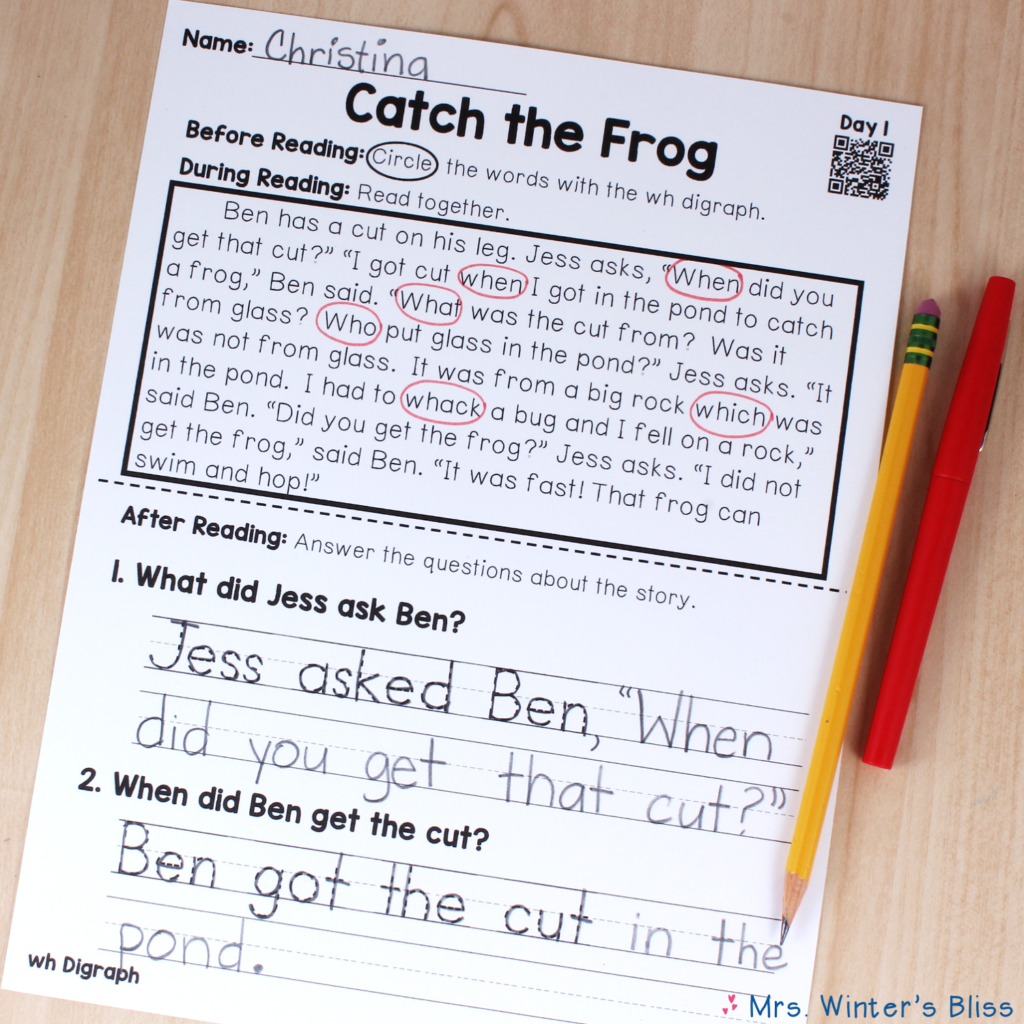
💗 Printable passages give students the opportunity to re-read and build fluency. Send these passages home and/or keep them in their book bins for extra practice!
Eager to begin using decodable texts in your classroom? I’m happy to share 5 FREE decodable passages! You’ll get explicit lesson plans for each passage, as well as activities for before, during, and after reading to strengthen phonics skills!
Grab it here:
-
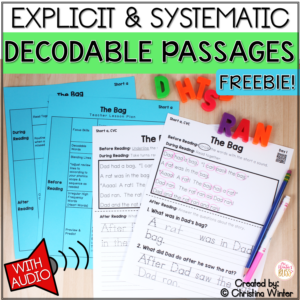 FREE Decodable Passages with Comprehension Questions$0.00Rated 4.98 out of 5 based on 40 customer ratings
FREE Decodable Passages with Comprehension Questions$0.00Rated 4.98 out of 5 based on 40 customer ratings
Decodable Sentence Building
These differentiated decodable sentence building activities were systematically designed to provide your students further instruction and practice of the targeted phonics skills they have learned and practiced in their Decodable Passages. This is what we know they need for mastery.
Each sentence in this resource is a phonics-based controlled text sentence. This means it contains target phonics skill words, previously taught phonics skill words, and irregular high-frequency words. This is what we know they need for mastery.
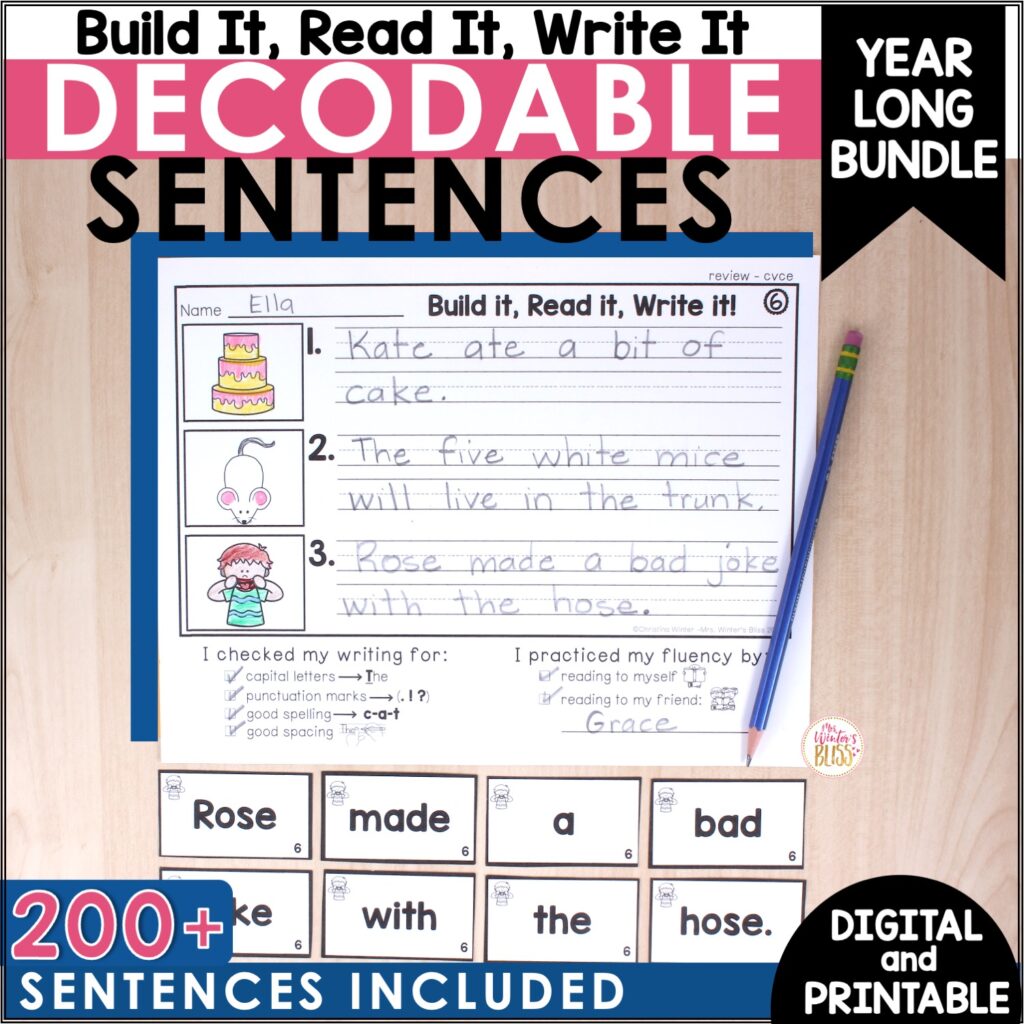
Additionally, the sentences build on phonics skills and in complexity. As you progress through the resource, the sentences get more complex. You’ll find compound sentences and a mix of punctuation. Later sentences even include quotations and commas.
After building each sentence with word cards, students then write the sentence on their printable. To help you differentiate I created two versions of each printable sheet. One version has a sentence stem that requires the student to only fill in the blank with a target phonics skill word. The other version requires the student to write the entire sentence.
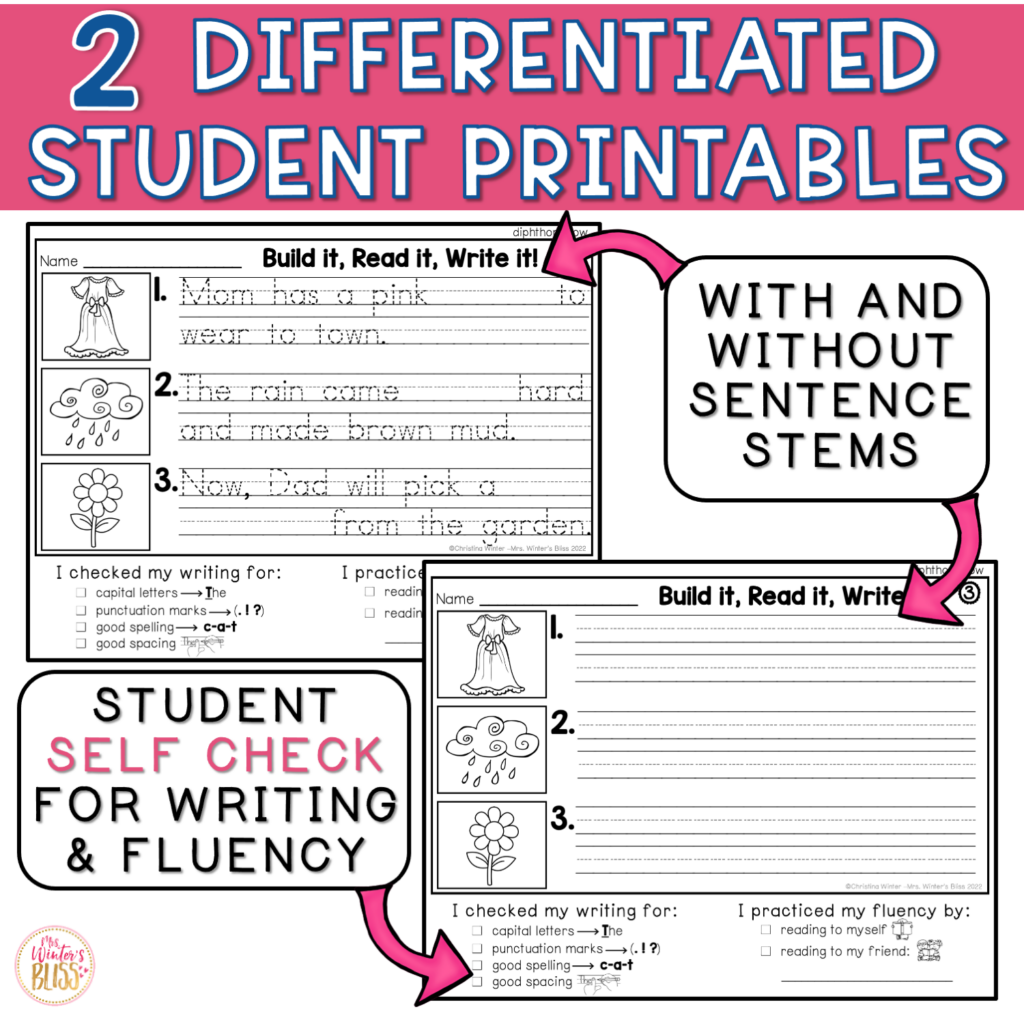
Finally, I included 2 versions of sentence building word cards. There are large word cards that work well with a pocket chart. This option is great for when you provide explicit instruction for the activity, for guided practice, and/or small group instruction. The small cards are for small group instruction and students’ independent practice at their desks.
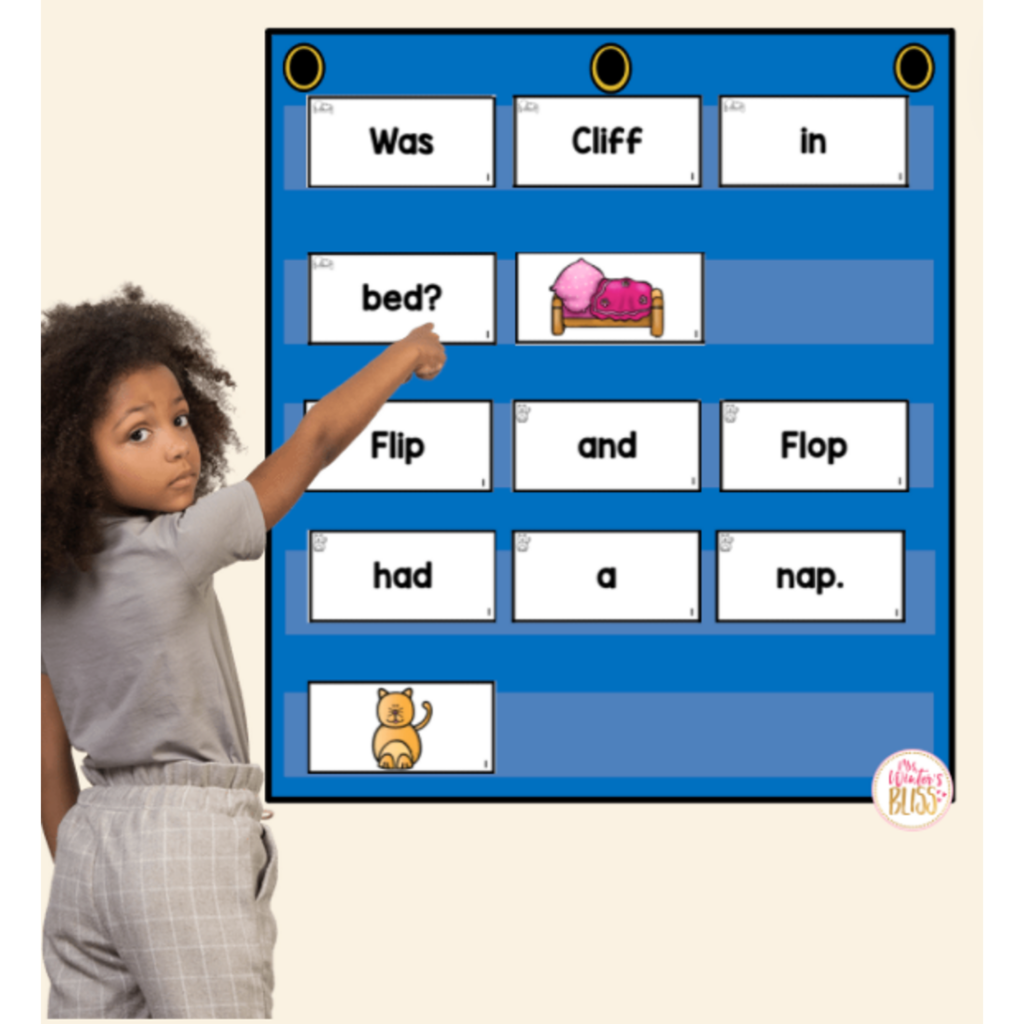
Eager to give these decodable sentence builders a try? Download a FREE sample and give it a try in your classroom!
-
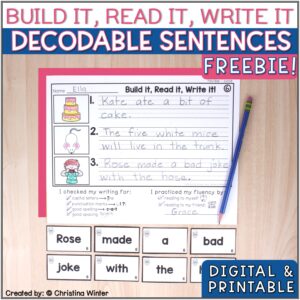 FREE Decodable Sentence Building Activities – Print and Digital$0.00Rated 5.00 out of 5 based on 21 customer ratings
FREE Decodable Sentence Building Activities – Print and Digital$0.00Rated 5.00 out of 5 based on 21 customer ratings
I hope the information and resources I’ve shared today will help to make your reading instruction more explicit and systematic. These are best instructional practices that will help ALL of your students more successful readers.
-shop this post-
-
Sale Product on sale
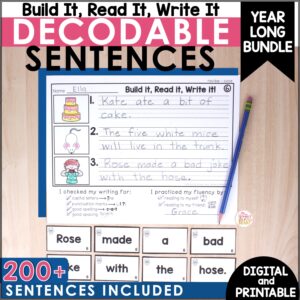 Decodable Sentence Building BUNDLE – Print & DigitalEarn 0 Reward Points
Decodable Sentence Building BUNDLE – Print & DigitalEarn 0 Reward Points$22.50Original price was: $22.50.$18.00Current price is: $18.00.Rated 4.86 out of 5 based on 7 customer ratings -
Sale Product on sale
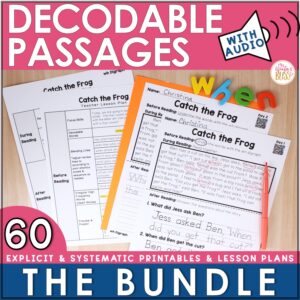 Decodable Passages with Comprehension Questions – BundleEarn 0 Reward Points
Decodable Passages with Comprehension Questions – BundleEarn 0 Reward Points$38.25Original price was: $38.25.$30.60Current price is: $30.60.Rated 5.00 out of 5 based on 11 customer ratings
–PIN for LATER–










